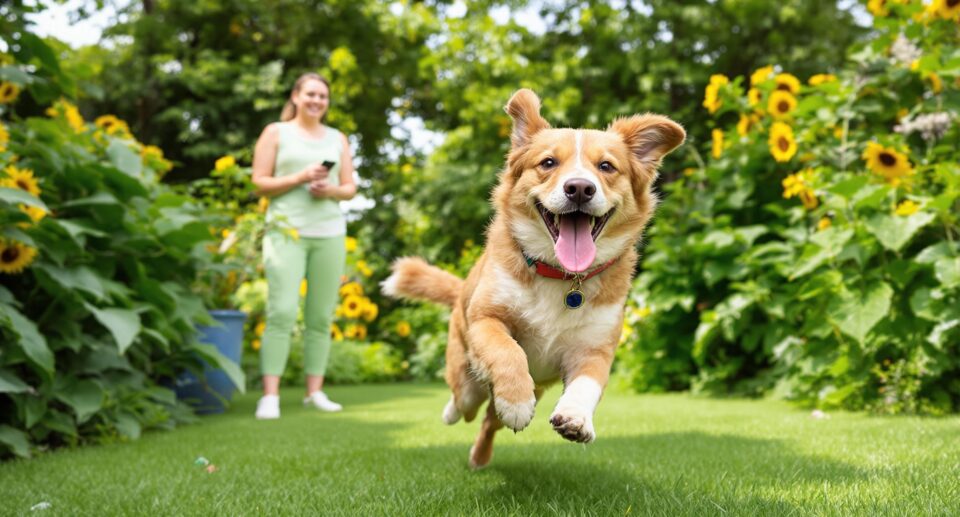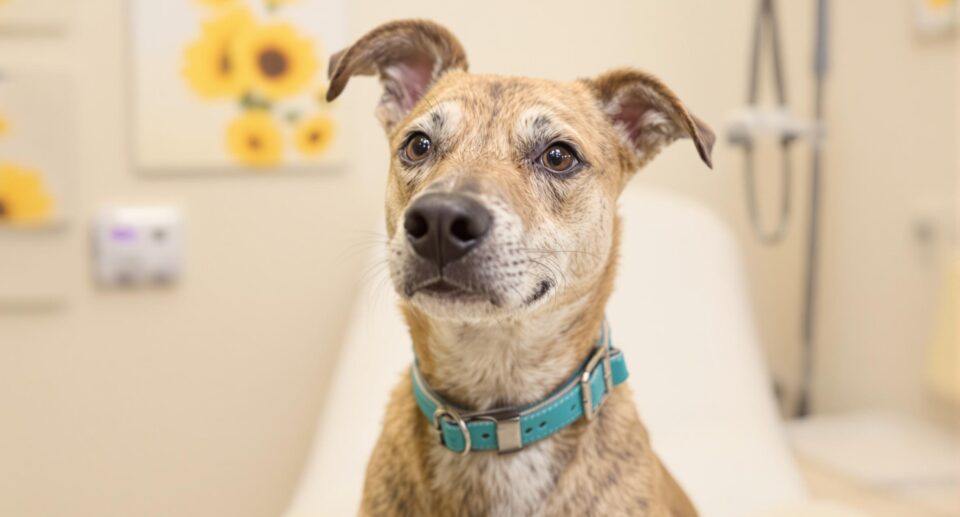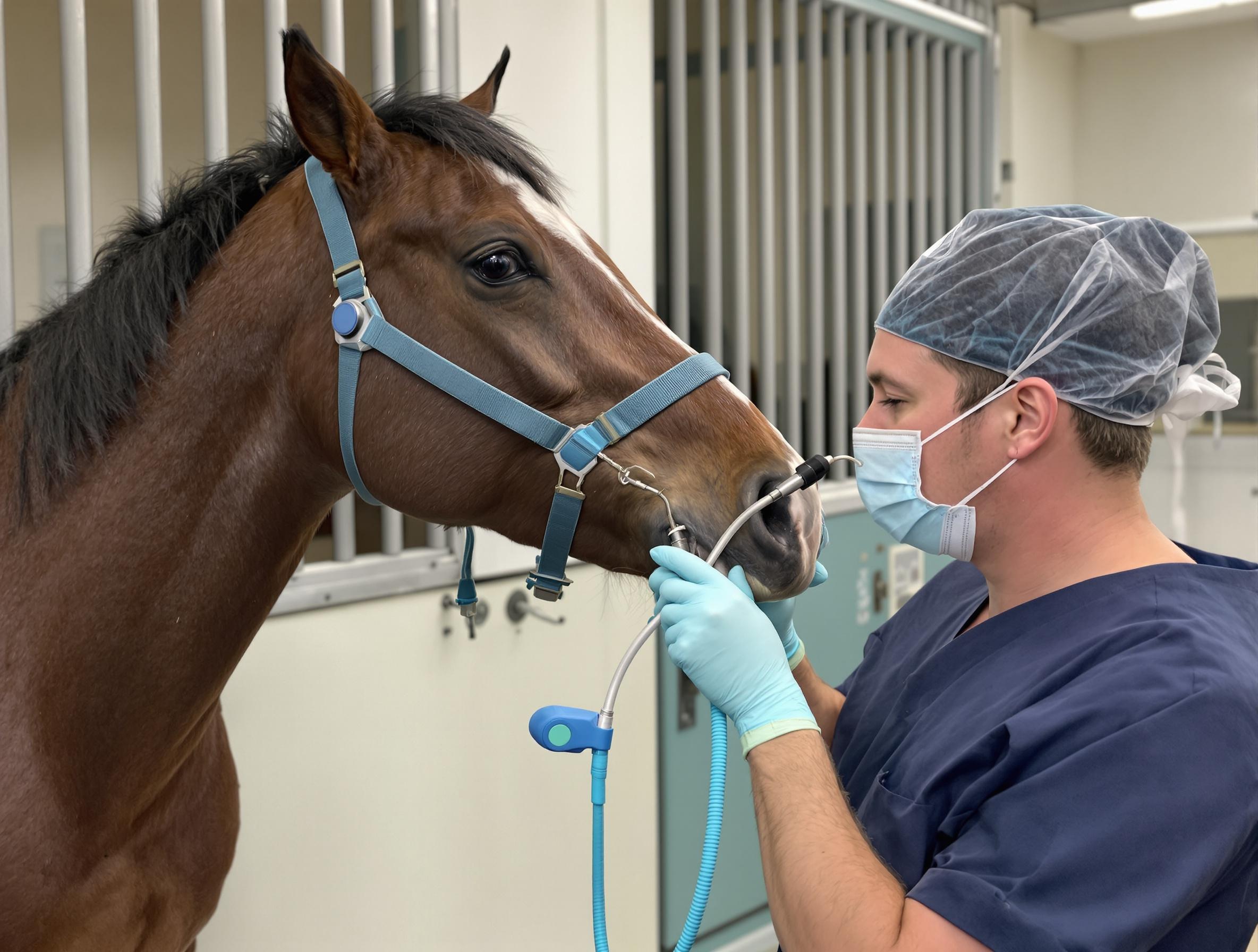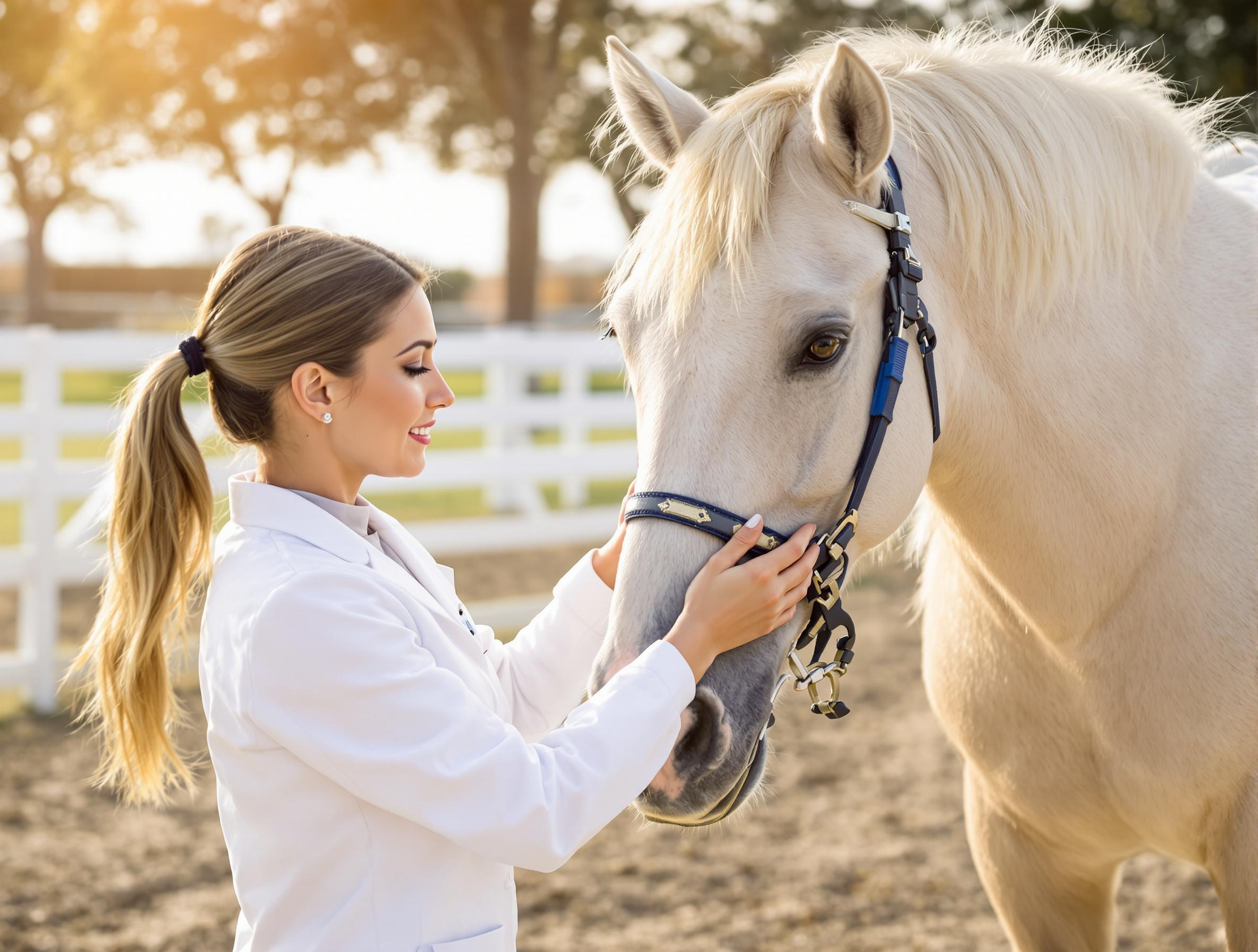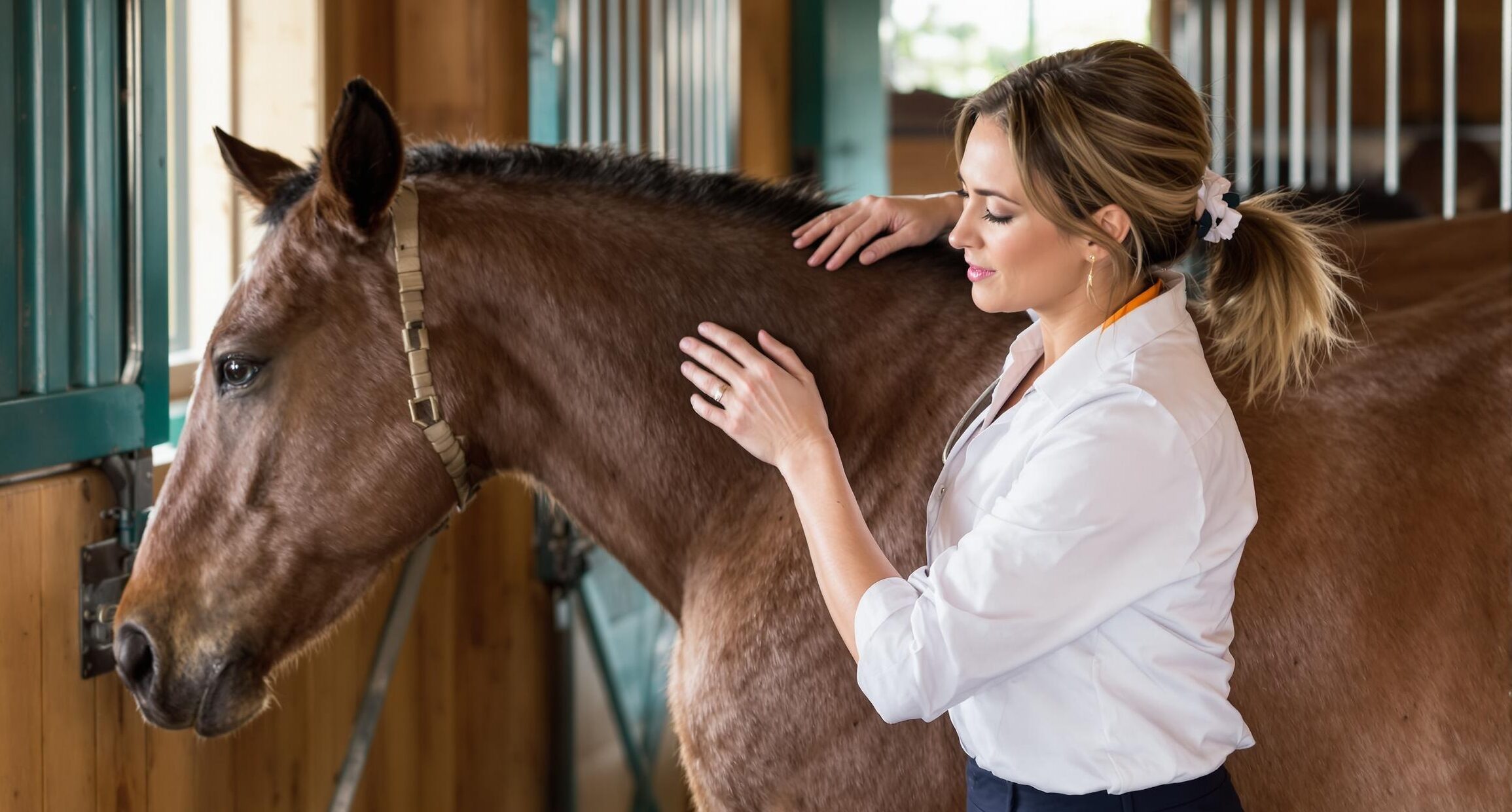What Is Horse Lameness?
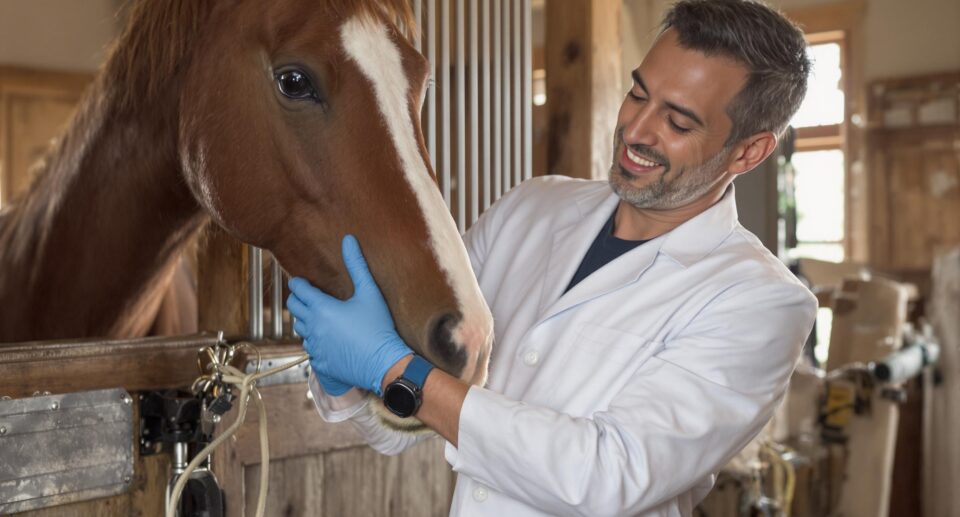
Horse lameness (or equine lameness)
Horse lameness or equine lameness is mild to severe loss of ability to move normally that can be caused by problems in a horse’s bones, muscles, nerves, tendons, ligaments, brain, circulation, and metabolism. Almost any abnormality in the body can affect a horse so that he or she becomes lame. The majority of horse lameness problems occur in the foot.
Horse lameness can occur suddenly or gradually. Lameness can increase in severity or never change. It can resolve on its own or require veterinary intervention. Fortunately, there are many ways to decrease the likelihood that lameness will develop in your horse, including having annual visits with an equine veterinarian. Small animal veterinarians who attend meetings of the American Association of Equine Practitioners may also provide helpful advice.
Key facts about horse lameness
- The majority of horse lameness problems occur in the foot.
- Horses with repetitive injuries are at risk for becoming lame.
Which horses are most at risk for becoming lame?
Horses, and all members of the equid family (zebras, donkeys, mules) are affected by lameness—from two-foot dwarf miniature horses to nine-foot draft horses. Perhaps equine lameness is most common in horses repeatedly performing maneuvers or running at maximum speed: thoroughbred racehorses, rodeo horses, dressage and event horses. Lameness also occurs in slowly moving donkeys, mules, and backyard ponies.
Causes of horse lameness
Horse lameness can be caused by anything that affects nerves, muscles, joints (tendons, ligaments, bone), and hooves. Among the causes are repetitive injury, founder (or laminitis), infection, protozoa (a tiny parasite), poor conformation, tooth problems, obesity, and poor nutrition. The single biggest cause of lameness is hoof problems. Hooves are so crucial to equine movement that the adage, “No Hoof, No Horse,” is part of the equine creed.
Repetitive injuries
Injuries occur with racing, timed events (barrel racing), stall, and paddock vices (weaving). The more weight on the horse, the younger he or she is when activities begin, or the more incorrect his or her conformation, the more likely that repetitive injuries will cause lameness.
Founder or laminitis
Founder (laminitis) occurs when the bone in the foot loses its connection with the lamina of the hoof wall and rotates or sinks within the hoof. Founder is easily caused by a sudden increase in grain consumption, by pregnancy, hormones, obesity, concussive forces, infections, and by drinking cold water too quickly. Founder can be so severe that your horse cannot stand, and many foundered horses are euthanized.
Infection
Infections attacking the brain or nerves can cause horses to lose their balance (ataxia) and ability to walk normally. Ataxic horses stumble and move unevenly, unable to make normal forward or backward progress. Among the infections that cause ataxia are rhinopneumonitis (rhino), West Nile Virus (WNV), and a parasitic protozoal infection, Equine Protozoal Myelitis (EPM). Tetanus, a bacterial infection, can cause stiff, jerky movements. Tetanus will also stiffen the muscles of the jaw so your horse cannot eat.
Poor conformations
Horses with poor conformation frequently become lame. In these horses, the skeleton is not aligned and angled properly so that too much stress is put on the joints. Joints become painful and arthritic. The heavier a horse, the younger he or she is when training begins, and the more repetitive the training, the greater impact poor conformation has in your horse’s performance. All things being equal, horses with the healthiest conformation have the fewest issues with lameness. Horses with healthy conformations have shoulder angles at 45 degrees, front pastern angles at 45-50 degrees, and back pastern angles of 50-55 degrees. Correct conformation puts 60-65% of your horse’s weight on his or her forelimbs.
Tooth problems
Horses with tooth problems can become lame. This is easy to understand if you picture your horse balanced around a gyroscope in its head. The gyroscope includes the jaw and temporal-mandibular joints. Horses with tooth problems put tension on their temporal-mandibular joints and hold their jaws unevenly. If the jaw is uneven, the head is uneven, the internal gyroscope is uneven, and the spine is misaligned. This misalignment leads to uneven stride and lameness.
Poor nutrition
Horses not fed properly can become lame. This includes horses:
- Not receiving zinc, biotin, copper, and protein to strengthen hooves
- Not receiving Omega 3 fatty acids to provide hoof resilience and prevent hoof cracks
- Consuming too much selenium and developing hoof cracks
- Consuming too many simple carbohydrates, such as those found in sweetfeeds
Zinc, biotin, copper, and protein help strengthen the hoof wall, which is built of parallel fibrous structures called lamellae. Without strength the hoof chips away and cracks. Omega 3 fatty acids help give the hoof flexibility and resilience. Selenium is essential, but only in small amounts. Horses consuming too much selenium develop hoof cracks that encircle the hoof and can cause the entire hoof to slough off.
Sweetfeeds flood the system with rapidly absorbed sugars, which promote muscle damage (rhabdomyolysis) when the horse is worked the next day. Rhabdomyolysis is so common it has several names: Monday Morning Disease, Equine Polysaccharide Storage Myopathy (EPSM), and shivers. Genes linked to rhabdomyolysis are found in draft horses and draft mules, but any horse can develop the problem. While horses with rhabdomyolysis are not lame, they walk stiffly and in pain. With severe rhabdomyolysis, horses cannot move at all.

